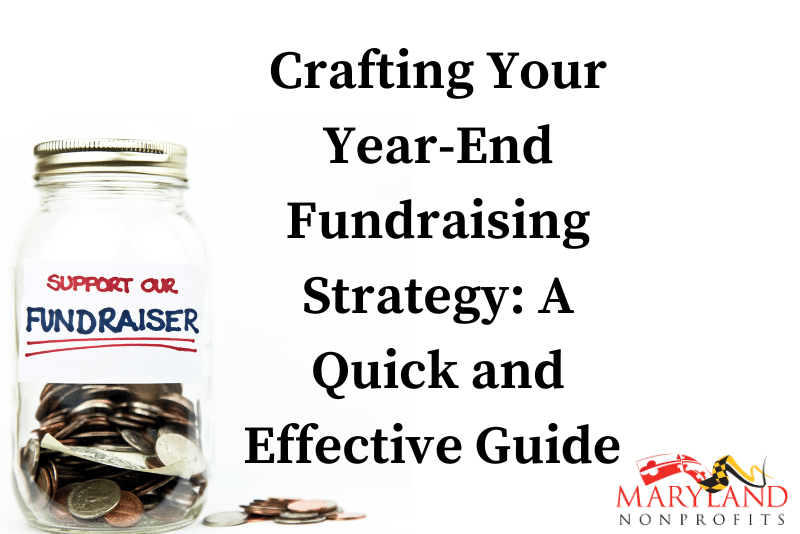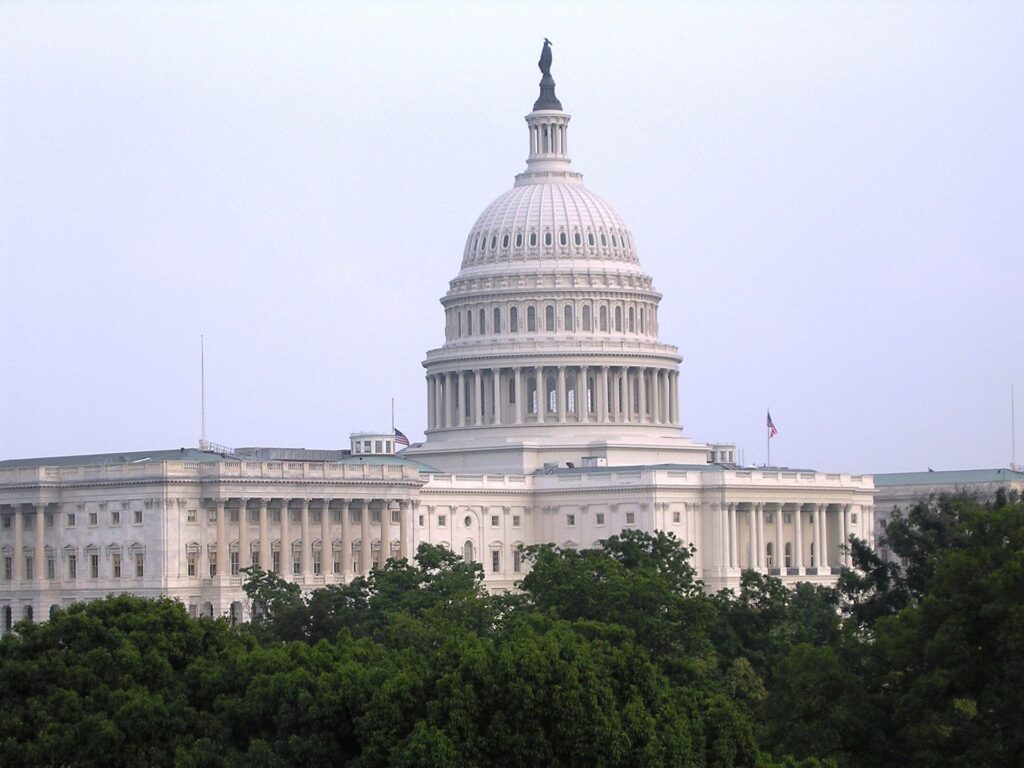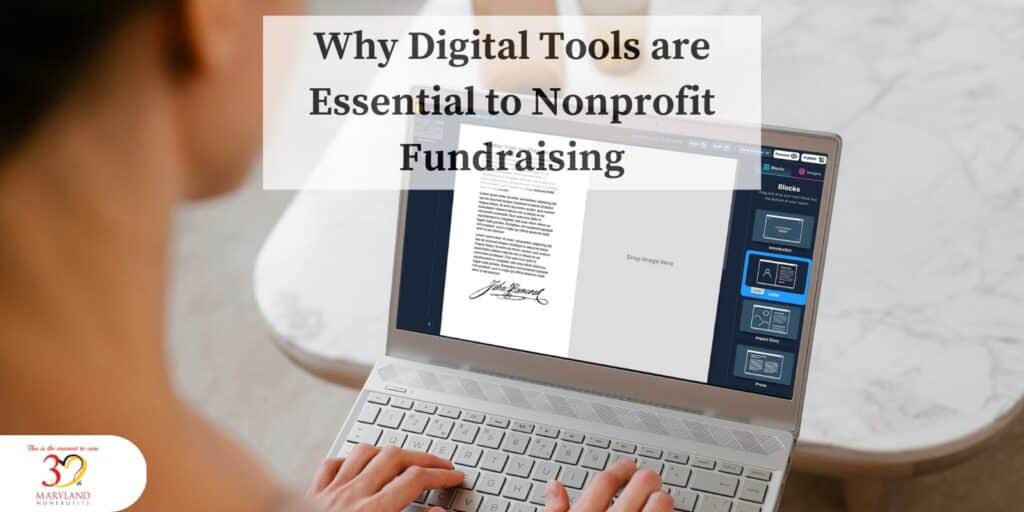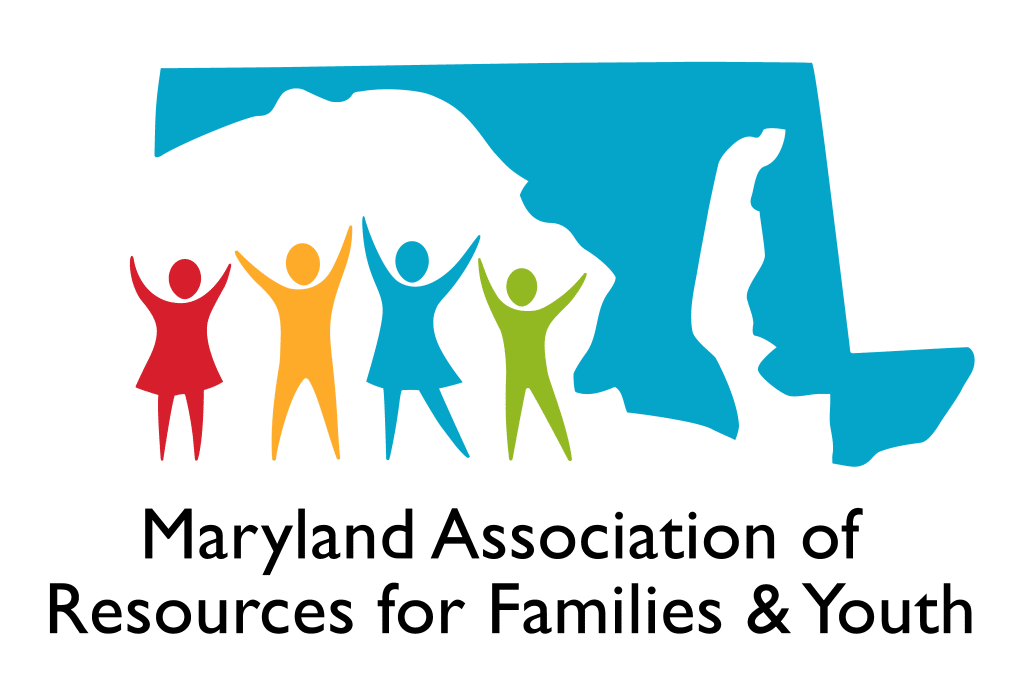Do you have a plan for your year-end fundraising ask? If not, here’s a quick and effective timeline to ensure you don’t miss out on the opportunity to engage your supporters during the most charitable time of the year. Over 30% of all charitable giving occurs in December alone, with about 10% of all annual donations coming in the last three days of the year. Your nonprofit can’t afford to miss this opportunity to engage your supporters in making an impact.
Week of November 20: Showcase Accomplishments
Fitting with a theme of thanksgiving, kick off your year-end fundraising campaign by sending a heartfelt message from your executive director, executive director and board chair, or your full board, thanking your community for their incredible support throughout the year. Showcase your accomplishments in 2023 with three to five impactful bullet points. If your organization holds a GuideStar Seal of Transparency, Standards for Excellence accreditation or recognition, or other third-party trust seals, include those. You might include a “Donate” button in this communication but refrain from explicitly asking for donations at this stage.
November 28: Giving Tuesday
Giving Tuesday falls on November 28th this year. Your supporters are expecting you to ask for their support, so don’t hesitate to make multiple asks across various platforms. Some nonprofits even begin their Giving Tuesday appeals the Monday prior to provide more opportunities for people to give. This also helps accommodate donors outside of your time zone. Consider having one or more solicitations come from a board member as some donors respond best to requests from volunteers. If you can manage a challenge gift, matching gift or other incentive, today is an excellent day to launch it.
Week of December 4: Share Giving Tuesday Success and Express Thanks
After Giving Tuesday, share the exciting news of how much you raised and how many people contributed to your cause. You might emphasize the number of donors over the total amount so even the smallest donors feel that they have an impact. Donors generally expect to receive personal thank-you messages within two weeks of making their gift, so be sure to send out those thank-you messages promptly. A heartfelt and timely thank-you message can go a long way in building donor relationships.
Week of December 18: Thank Supporters with a Story
As the year winds down, thank your supporters once again for a successful year. This time, share a touching story that illustrates the impact of your nonprofit’s work. Additionally, provide a glimpse of what you look forward to accomplishing in 2024. Just like before, include a “Donate” button in this communication, but refrain from directly asking for donations.
Week of December 25: The Final Push
The last week of the year is your last chance to make an ask. Send an appeal earlier in the week, and then remind your supporters again on December 31st. Create a sense of urgency by emphasizing that this is their final opportunity to contribute to your organization in 2023. Express your gratitude to those who have given earlier in the year. While fundraising professionals debate if Giving Tuesday donors should be included in last-week-of-the-year solicitations, I generally suggest asking again unless a donor has explicitly opted out of further solicitations.
January: Show Your Appreciation
Once the new year begins, show your appreciation to your donors again. A quality and timely thank-you is consistently ranked among the top reasons people become repeat donors. Thank those who gave during the week of December 25th within two weeks of their gift. You may also choose to send letters or emails to repeat donors, thanking them for their cumulative giving, which can simplify their tax preparations. Additionally, consider providing a truly personalized thank-you to your top 10% of calendar year donors. This could be in the form of a handwritten note or a phone call from a board member. Again, hint at what your organization hopes to accomplish in 2024 as stewardship for a past gift is the beginning of cultivation for the next gift.
Conclusion
The number one reason why donors give is because they are asked. Donors that give without solicitation are rare. Your community depends on the mission of your nonprofit.
Remember, in most states, nonprofits that wish to solicit charitable contributions in that state (regardless of where the nonprofit is based) must register with the appropriate charity regulation in that state. Some states require that charitable solicitations include a special disclosure. Learn about these requirements and more in the Standards for Excellence Educational Resource Packet Disclose It: A Charitable Nonprofit’s Guide to Disclosure Requirements.
Thank you, as always, for all you do to build a greater quality of life and equity in Maryland and beyond. I wish you a successful year-end fundraising campaign and look forward to witnessing the incredible impact you’ll make in the coming year.







